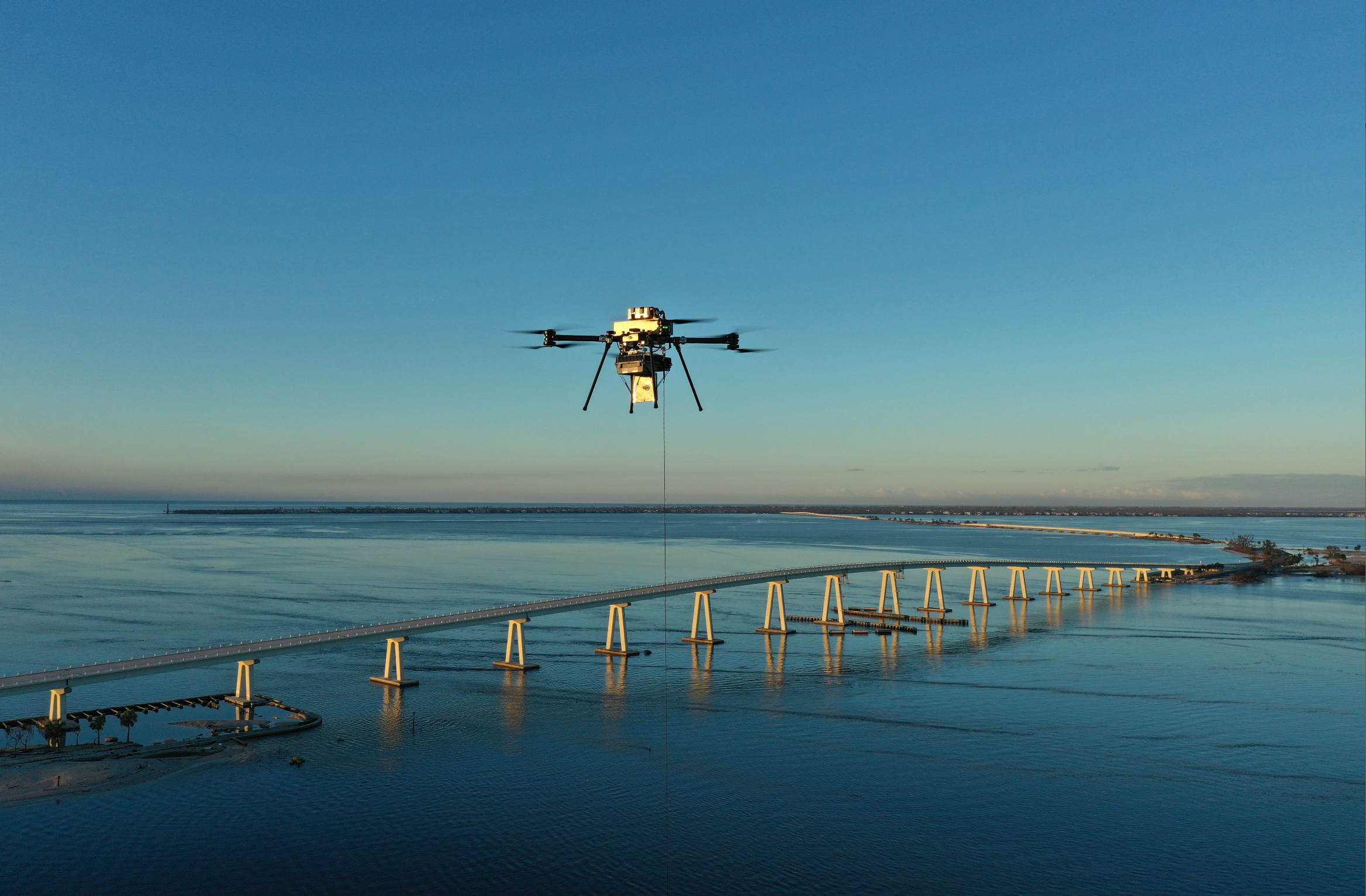AT&T and Verizon Provide
Crucial Help After Hurricane Ian
United States
#WeAreBroadband

Providing reliable and secure communications is vital during a crisis, and USTelecom members were up to the task after Hurricane Ian took direct aim at the United States. Member company employees worked quickly to restore connections to residents eager to reach family and friends or get back to business. Many companies also helped those financially affected by the storm through reduced or waived fees.

AT&T
AT&T helped restore connections by allowing other carriers’ customers to roam on its networks at no cost when their carrier’s service wasn’t available. As a result AT&T handled about 47 TBs of traffic from other carriers’ customers to help keep those in impacted areas connected in the first week after the storm. Users were urged to communicate via text if networks were overloaded, equivalent to more than 16 billion text messages.
Using innovative communications solutions, AT&T brought service to Sanibel and Pine Islands via amphibious vehicles and helicopters. They delivered portable satellite cell sites within two days of the storm clearing to aid first responders in search and rescue and connect impacted residents.
“Our first priority in any disaster is ensuring our employees are safe and first responders, our customers, and communities are connected,” said Jenifer Robertson, executive vice president and general manager, AT&T Mass Markets. “We’re proud of our consistent track record over the decades in preparing for disasters.”

Verizon
Verizon deployed Wireless Emergency Communication Centers (WECC) in areas of Southwestern Florida that were impacted by the storm. WECC are generator-powered mobile units that have device charging and computer workstations, along with wireless phones, tablets, and other devices.
On Sanibel Island, which was separated from the mainland when the bridge collapsed during Hurricane Ian, Verizon launched a drone to provide cellular coverage from the air to support search and rescue teams and first responders on the ground. The drone provides coverage for an approximate 5-7 mile radius and can fly for up to 1,000 hours.



